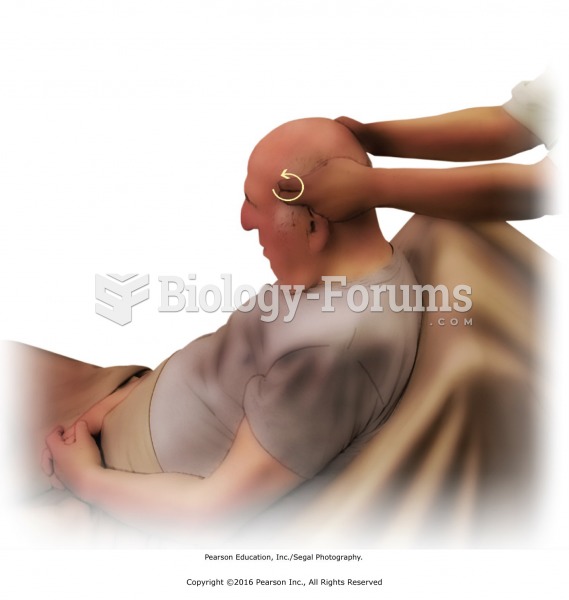Answer to Question 1
The Roche limit is the distance from a planet in which a moon cannot hold itself together by its own gravity. If a moon orbits relatively far from its planet, then the moon's gravity will be much greater than the tidal forces caused by the planet, and the moon will be able to hold itself together. If, however, a planet's moon comes inside the Roche limit, the tidal forces can overcome its gravity and pull the moon apart. The International Space Station can orbit inside Earth's Roche limit because it is welded and bolted together, and a single large rock can survive inside the Roche limit if it is strong enough to resist breakage. However, a moon composed of individual rocks and particles held together by their mutual gravity could not survive inside a planet's Roche limit. Tidal forces would destroy such a moon. If a planet and its moon have the same average densities, then the Roche limit is 2.44 times the planet's radius. Jupiter's main ring has an outer radius of 130,000 km (1.8 Jupiter radii), and therefore lies inside Jupiter's Roche limit. The rings of Saturn, Uranus, and Neptune also lie within those planets' respective Roche limits.
Answer to Question 2
Callisto: outermost of the moons, tidally locked to Jupiter, ancient surface of rock and ice, has no core
Ganymede: largest moon of the Solar System, rocky core and ice-rich mantle, has an ancient surface and an area of bright grooved terrain, strong magnetic field, experiences tidal heating
Europa: surface is active and young, has a liquid-water ocean lying just below its icy surface, experiences tidal heating
Io: innermost Moon, more than 150 active volcanoes on its surface, thin sulfuric-based atmosphere, has no water or ice







